Arthropathy is a chronic disease in which there is damage to the connective tissue structure of the musculoskeletal system. The disease is characterized by a progressive course with gradual destruction of cartilage tissue. This pathology is diagnosed in many people over the age of 65 because one of the factors that contribute to the development of this condition is the body's natural aging process.
cause of disease
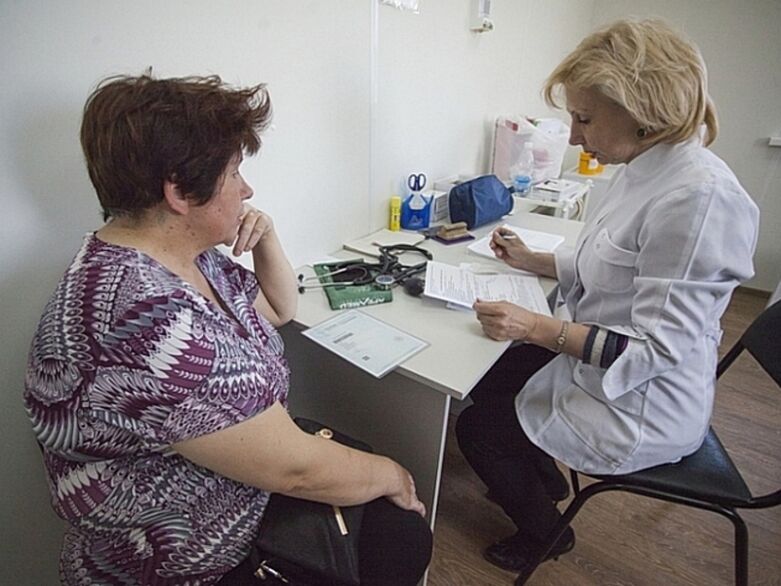
Arthropathy is often referred to as joint disease and destruction of cartilage tissue. This is due to deterioration of blood circulation, cartilage metabolism, trauma. They lose elasticity, become brittle, and deform. No synovial fluid is actually produced, the joints stop sliding during movement and friction occurs between them. These factors cause pain sensations and inflammation begins.
Causes of joint disease:
- There is a lot of stress on the joints. Osteoarthritis often occurs in athletes and manual workers. Being overweight also increases the load significantly.
- Malnutrition. In order for cartilage tissue and joints to obtain the necessary amounts of calcium, potassium, and other useful minerals and substances, a person must consume adequate amounts of them in food.
- Conditions such as scoliosis or flat feet can also negatively affect joints. Joints can be affected due to uneven distribution of load due to muscle defects. In joints that are heavily loaded, the joint will begin to develop.
- Cartilage damage does not go unnoticed. They disrupt metabolism, elasticity and lead to inflammation.
- Prolonged stress can disrupt the metabolism of the entire body and joints. In particular, the muscles are under tension. All of these can lead to arthritis.
- age. The closer you get to old age, the more worn your joints are.
- Diseases that accompany inflammation in the body can lead to joint disease. These include: tuberculosis, septic arthritis, syphilis.
- Joint dysplasia caused by abnormal joint formation in the uterus.
Some of these characteristics, such as metabolism and certain diseases, are often grouped into a separate group: genetic causes.
Degree of development of joint disease
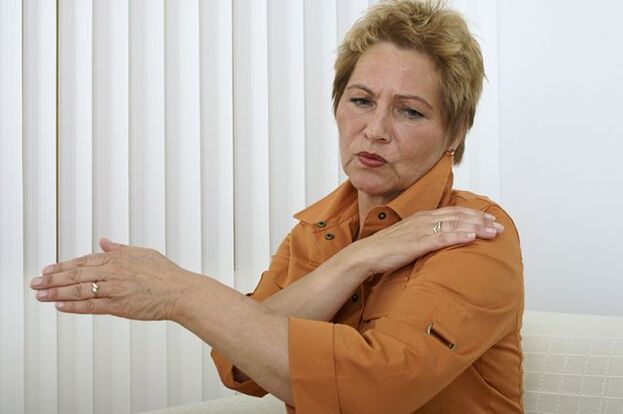
Arthropathy does not occur suddenly, with no cause or symptoms. During its development, it can be traced back to 3 stages:
- Pain starts after exercise and long walks. After rest, the pain goes away. At this stage, cartilage begins to break down and synovial fluid is not secreted enough. Muscles change and become weaker.
- Not only do you experience pain after exercising, but you also experience pain at rest. Even a night's sleep will not bring significant relief. Bones begin to form on the joints. A creaking sound is heard as the joint moves. Some swelling of the surrounding tissue is visible.
- Muscle organs are significantly weakened, metabolism is impaired, synovial fluid is not released, and cartilage is deformed. Bone growth during exercise can cause excruciating pain. The tissue around the joint becomes more swollen and warmer.
Unfortunately, many people only see a doctor when their joint disease is grade 3. People don't pay attention or try to treat only the symptoms, not the disease itself. Although treatment is more effective and faster if you start it at the first sign of the disease.
Major disease types
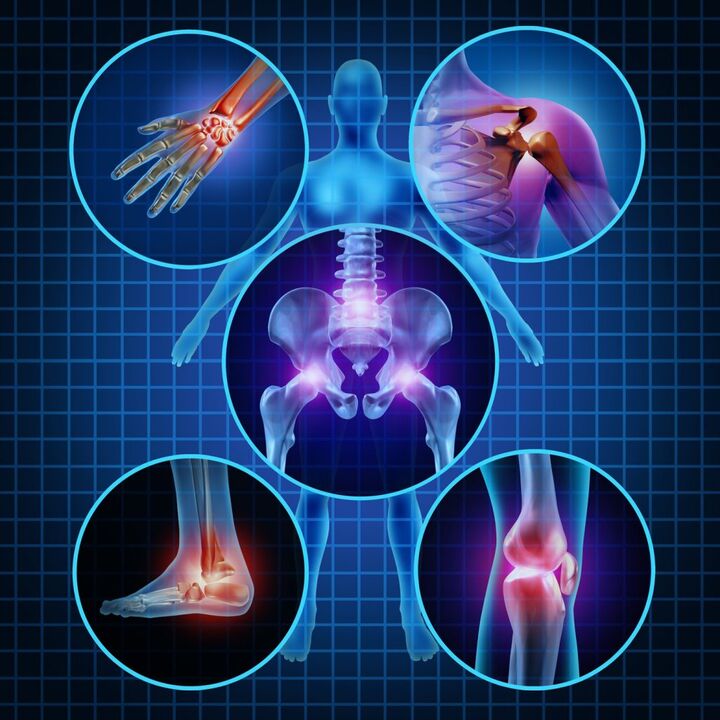
Depending on the area of the joint affected, there are several types of arthropathy:
- Knee arthropathy is inflammation of the tissues of the knee joint. It occurs most often in people with heavier weight or varicose veins. Injuries are also one of the main reasons.
- Arthropathy of the ankle joint - most often occurs due to injury, dislocation. Athletes and those who do physical labor are prone to this type of arthropathy. Overweight people also suffer from pathology.
- Hip Arthropathy - Thinning of the connective tissue in the hip joint. It is difficult to notice the onset of the disease. Asymptomatic: no swelling, no lameness, only occasional pain. But while there are no external signs, serious changes have taken place on the inside. Muscles weaken, pain increases, and lameness develops. In most cases, drug therapy at this stage is ineffective. The way out is a joint prosthesis.
- Osteoarthritis occurs when the shoulder joint is worn down by heavy loads, injuries, or disorders of the endocrine system. It is characterized by severe pain in the shoulder and limited joint mobility. One of the main treatments is exercise therapy.
- Spondyloarthropathy - Spondyloarthropathy. It occurs most often in people who work sedentary and carry heavy loads on their backs (eg, porters). Overweight people with poor posture can also develop spondyloarthropathy because their cartilage wears down prematurely, creating minimal trauma and inflammation. Good ways to relieve pain are exercise therapy, swimming and acupuncture.
- Uncoarthrosis - Destruction of cervical discs. It occurs due to congenital deformities, overweight, low physical activity, injuries. This is dangerous because it can cause a loss of some reflexes, leading to dizziness, fainting, and high blood pressure. The treatment of this type of arthropathy should be complex: drug therapy, physiotherapy. In addition, to reduce the load on the neck, it is recommended to wear a special collar. It also helps with a slight stretch of the muscles.
For a diagnosis, you will need to contact an arthrologist or rheumatologist.
Which doctor is treating?
How to treat arthritis, only a doctor will tell. But which doctor to turn to for joint disease depends on the severity of the disease.
- If a person has 1st degree arthropathy, the pain is just beginning, and there are no serious changes in the joints, it should be treated by a rheumatologist. He will prescribe the necessary medications and procedures.
- When the pain becomes more intense and persistent, the internal tissues begin to change, and second-degree arthropathy occurs, then you need to contact an orthopaedic surgeon. In addition to medicines, he can also prescribe physiotherapy complexes and massage sessions.
- Then, when arthropathy begins and has reached degree 3, only a surgeon can help. Otherwise, the patient is at risk of disability. Sometimes only surgery can restore damaged cartilage and joints.
If arthropathy develops after a joint injury, a traumatologist should be contacted. Depending on the injury, the traumatologist may refer the patient to other analytical specialists.
prevention

To avoid joint disease, you must do the following:
- monitor your diet to make it as useful as possible;
- prevent the formation of excess body weight;
- Distribute the load on the joints correctly, do not overload;
- After physical activity, it is necessary to do a massage to avoid circulatory disturbances.
Prevention of this arthropathy helps to avoid diseases not only of the musculoskeletal system, but also of other systems and organs.
Treatment of joint disease
Everyone who is diagnosed with this disease first wants to get an answer to the question, is it possible to cure joint disease? The treatment of arthropathy always involves a series of drugs, procedures, exercises, folk methods and a lot of time. Unfortunately, joint disease cannot be cured in a two-week course. Even if the pain subsides and some signs of joint disease begin to disappear, it does not mean the beginning of a full recovery.
important! Treatment can last six months or more. Therefore, you should follow all your doctor's prescriptions patiently and firmly.
medical treatement
Treatment of arthropathy with drugs is done in stages. Each phase is designed to solve a specific problem:
- Pain relief and inflammation relief. Before starting direct treatment of joints and cartilage, it is necessary to eliminate pain and reduce inflammation. This is achieved through the use of non-steroidal anti-inflammatory drugs.
- Restoration of cartilage tissue with the help of chondroprotective preparations containing chondroitin.
- Restores joints by injecting into diseased joint areas. Corticosteroids may also be prescribed. They can relieve inflammation (if the pills and ointments don't address the problem) and restore mobility to the affected joints.
- Fill the joint cavity with hyaluronic acid. It promotes the production of new fluids and prevents friction from one joint to another.
Unfortunately, even after the entire treatment process described above, it is impossible to fully restore the joint. Additional procedures and methods are required.
Therapeutic and sports cultural complex, gymnastics and massage for arthropathy
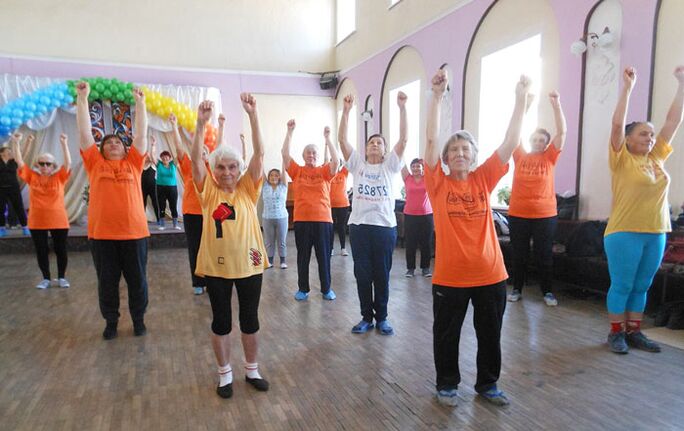
Exercise therapy is an integral part of the treatment of joint disease. The instructor develops a personal training plan based on the diagnosis and recommendations of the attending physician. Since there are several types of arthropathy, exercises will target different muscle groups and target the development of different joints and ligaments. When compiling a set of exercises, the age of the person with arthropathy, whether they are overweight, and other factors must be considered.
For example, to work the muscles and ligaments of the shoulder girdle, there is an effective set of Popov exercises. It is based on the repetition of smooth movements with slowly increasing amplitudes.
Exercise therapy should only be started after pain and inflammation have been eliminated.
important! During exacerbations, exercise therapy, gymnastics and massage are prohibited!
Gymnastics should be done at home several times a day. Before putting a load on a sore joint, it's a good idea to warm it up a bit, gently up and down, sideways, and in a circle.
It is also recommended to start a massage session after pain and inflammation are relieved. All movements should be gentle, stroking, without undue effort and pressure.
folk remedies
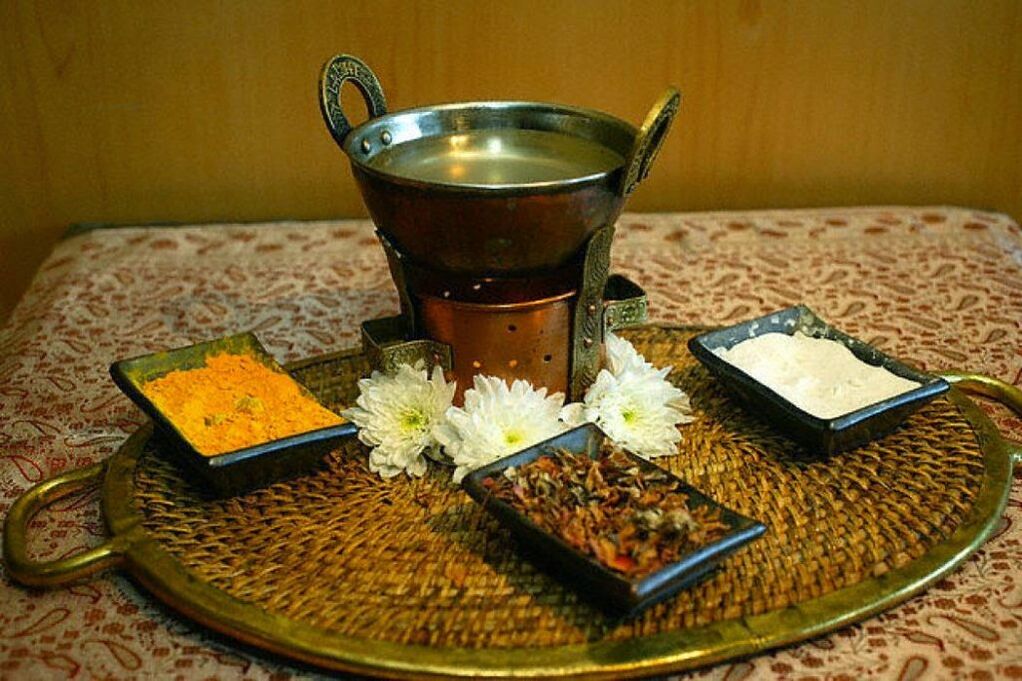
Alternative methods are not a panacea for joint disease and cannot be expected to be cured using traditional medicine alone. They are an excellent addition to conservative treatment, but are not a separate species.
The most effective folk remedies for arthritis are compression and rubbing. The following compressions have proven to be the best:
- Cabbage juice or cabbage leaves coated with honey.
- Compress from the root of the horseradish and chop with a grater.
- Compressed cooked oatmeal.
- Compressed fresh mashed potatoes.
Among the most effective frictions are the following:
- Wipe with honey, vinegar (or alcohol), iodine, and glycerin. Improve blood circulation and relieve pain.
- Friction of raw eggs, turpentine and ammonia. Apply 3-4 days before bedtime and do not use it again.
- Rub with propolis and vegetable oil (sunflower, olive).
- Alcoholic infusion of inulin.
For joint disease, some decoctions and tinctures are used by mouth. They help improve metabolism and supply the body of people with joint problems with necessary substances. Particularly popular are:
- bay leaf decoction;
- a mixture of garlic and olive (corn) oil;
- A mixture of calcined cheese (homemade), honey and horseradish.
Bathing with hay powder has a positive effect on joint soreness. It is also useful to do exercises to develop muscles and ligaments.
important! Before you start using herbal remedies, you need to make sure you don't have an allergic reaction to the ingredients in the decoction, tincture, and compress.
stem cell therapy
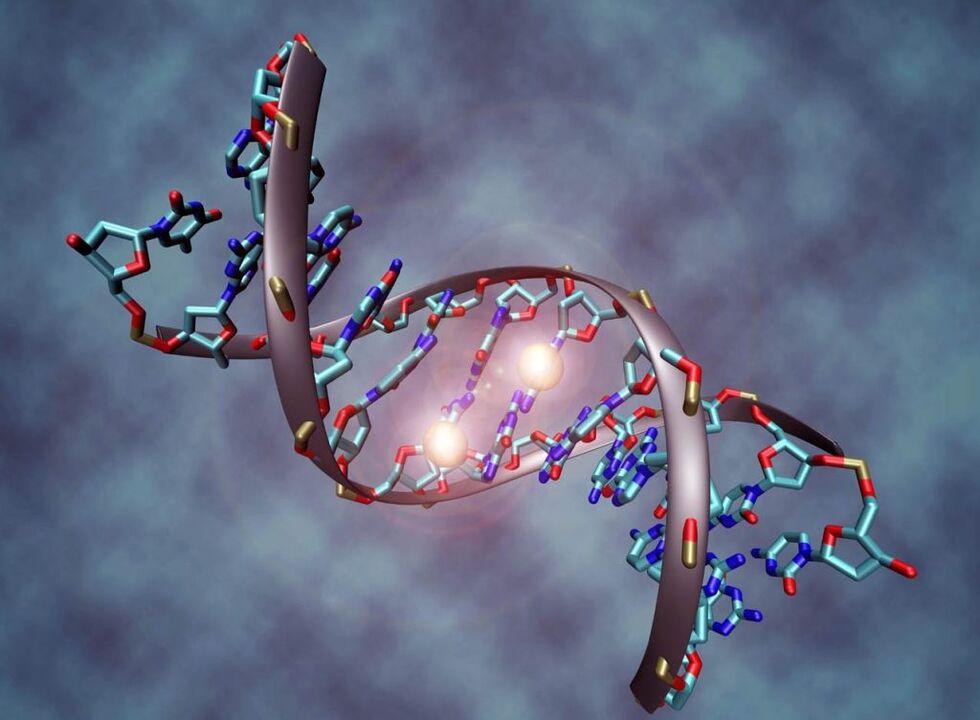
The human body contains stem cells. The unique ability of these cells is that they can transform into any cell in the body. This property is used as the basis for the development of methods for treating arthropathy with stem cells. The method consists in isolating a certain amount of stem cells from human bone marrow. Then, under special conditions, they grow for 2 months, sometimes shorter. Afterwards, they are introduced into the cavity of the diseased joint.
Stem cells improve metabolism and blood circulation in the affected area, reducing inflammation and pain. Thanks to them, cartilage and joint tissue are restored. After a few months, a second injection of stem cells into the joint area will be required. After 6 months of this procedure, we can speak precisely about the results obtained, although improvements can be seen almost on the first day after the introduction of the cells.
operation treatment
When conservative methods do not bring the expected results, surgical methods for the treatment of joint arthropathy are used: the inflammation does not go away, the pain does not stop. The essence of these is to introduce the necessary tools into the affected joints and areas of operation, which help restore all tissues and their functions. Sometimes this is not enough to fully recover. Then use methods such as joint replacement. In this case, special plates made of metal or plastic are installed in place of cartilage.
Disability due to arthritis
Often, a person with this condition is afflicted with such severe pain that he is ready to request the establishment of a disability. After all, these pains prevent him from performing his work and household chores in a quality and proper quantity. But doctors are not in a hurry to make a disability declaration, because with the right treatment and the accurate implementation of all recommendations, pain will stop, inflammation will decrease, and motor activity will resume. If the diagnosis is "degree 1 arthropathy" or "degree 2 arthropathy, " it's nearly impossible to get a category.
important! Disability is allowed only if there is an irreversible deformity change in the joint.
However, with advanced arthropathy, if the symptoms of the disease are not resolved, then disability is possible. But this will be temporary. You must be regularly reviewed by medical and social examinations. If the patient undergoes prosthetic surgery and his motor function is fully restored, the disability will be eliminated.



















